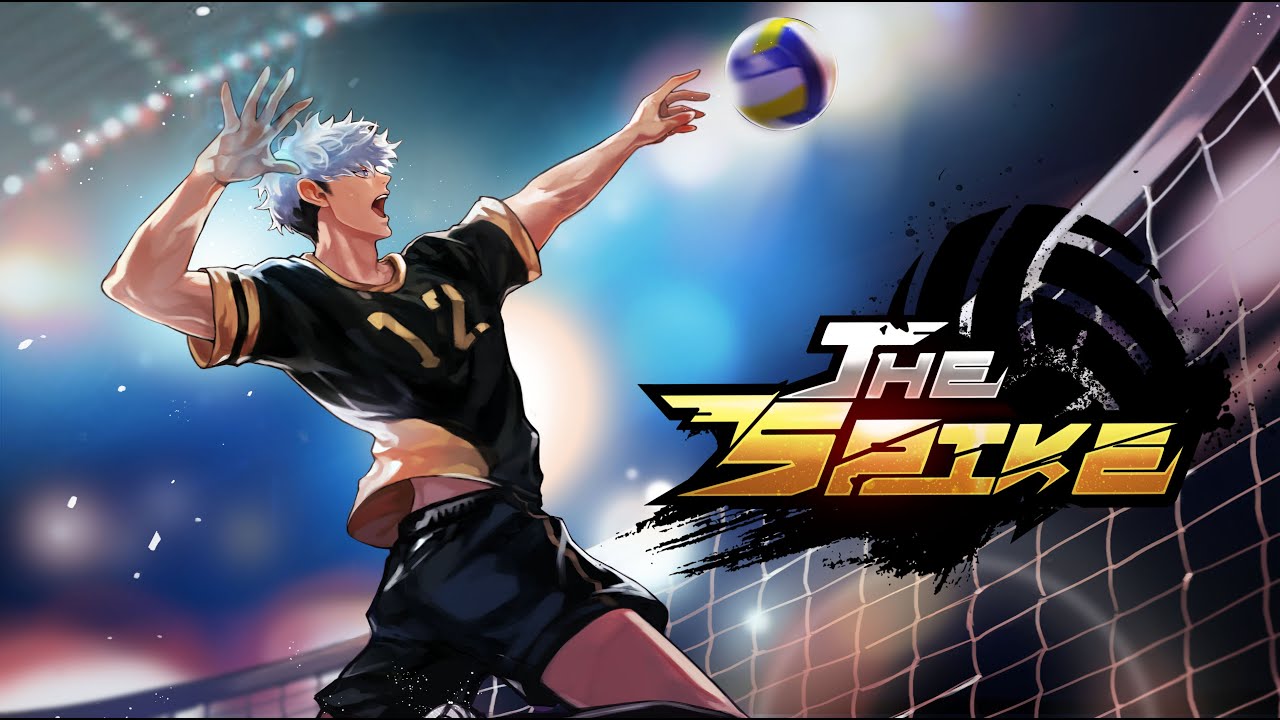Volleyball, a sport known for its exhilarating pace and teamwork, has a signature move that stands out for its sheer intensity and impact—the spike. Often hailed as the most electrifying aspect of the game, the spike is more than just a high-powered attack; it’s a display of athleticism, timing, and strategy. In this blog, we dive into “The Spike – Volleyball Story,” exploring its importance in volleyball, how players master it, and its role in shaping the game’s narrative.
The Birth of the Spike in Volleyball
Volleyball, invented in 1895 by William G. Morgan, was originally played with much slower, more controlled techniques. However, as the sport evolved, the spike emerged as a game-changing maneuver. By the early 20th century, players began to adopt more aggressive strategies, using the spike to overpower opponents. This explosive attack transformed volleyball from a gentle pastime into a thrilling spectator sport.
What Is a Spike?
A spike is an attacking move where the player jumps and strikes the ball forcefully down into the opponent’s court. The goal is to send the ball in such a way that it becomes difficult—or even impossible—for the defending team to return. Spiking involves not just brute force but also precision, as the spiker needs to aim for weak spots in the opposing defense, whether it’s targeting the sidelines, back corners, or a gap between blockers.
The Technique Behind a Perfect Spike
To execute the perfect spike, a player needs to master a combination of skills:
- Approach and Jump: The spiker begins by taking a few rapid steps, gaining momentum for the jump. The approach is key—players often use a three-step or four-step approach to maximize height and power.
- Arm Swing: As the player leaps into the air, they pull their hitting arm back. The motion is fluid, like a pendulum, generating the necessary force to hit the ball.
- Contact: Timing is everything. The spiker aims to contact the ball at the peak of their jump, using their wrist to snap the ball downwards. The more topspin applied, the faster the ball will drop, making it harder to defend.
- Follow-Through: After hitting the ball, a smooth follow-through ensures control, allowing the player to land safely and be ready for the next move.
Spiking Styles and Variations
Volleyball spikes aren’t one-size-fits-all. Depending on the situation and player, there are various ways to spike the ball:
- Power Spike: The most common type, where the player hits the ball with maximum force. It’s meant to overwhelm defenders with sheer speed.
- Cut Shot: A softer spike aimed at an angle to deceive blockers, dropping the ball into open spaces on the court.
- Tip: Instead of a full-force spike, the player gently tips the ball over the blockers, often catching the defense off guard.
- Back Row Attack: An advanced form of spiking where a player from the back row attacks the ball by jumping from behind the attack line, adding an unexpected layer to the offense.
The Spike’s Role in Modern Volleyball
The spike has become the focal point of offensive play in modern volleyball. Whether it’s indoor volleyball or beach volleyball, the spike dominates the game. Star players are often known for their spiking prowess. In professional leagues and international tournaments, spikers are celebrated for their ability to turn the tide of the match with a single powerful attack.
The spike has also evolved tactically. Teams study opponents meticulously to identify patterns and weak spots in their defense. Coaches design plays specifically to open up opportunities for their best spikers to take advantage of mismatches or exposed areas of the court. Additionally, the development of blockers—players whose main task is to prevent or disrupt spikes—has led to spikers becoming more creative and adaptive, adding layers of excitement to the game.
Legendary Spikers: The Game-Changers
Several athletes have redefined the spike, leaving a lasting impact on the sport. Players like Giba (Brazil), Karch Kiraly (USA), and Zhu Ting (China) have used their exceptional spiking ability to dominate opponents and lead their teams to championship victories. Their power, finesse, and tactical awareness exemplify the art of spiking.
Karch Kiraly, often considered the greatest volleyball player of all time, revolutionized the way the spike was played in both indoor and beach volleyball. Zhu Ting, known for her sharp and powerful spikes, has become a global volleyball icon, leading China to major victories with her dynamic offensive play.
Conclusion: The Spike – Volleyball’s Defining Moment
The spike is more than just a technical skill in volleyball; it’s the heartbeat of the game. It defines moments, creates tension, and can change the course of a match in the blink of an eye. From the courts of high school gymnasiums to the grand stages of Olympic arenas, the spike captivates players and fans alike. It tells the story of volleyball—one of teamwork, athleticism, and relentless pursuit of excellence. So, next time you watch a volleyball match, pay close attention to the spike—because behind that powerful hit is a world of strategy, emotion, and pure volleyball passion.










